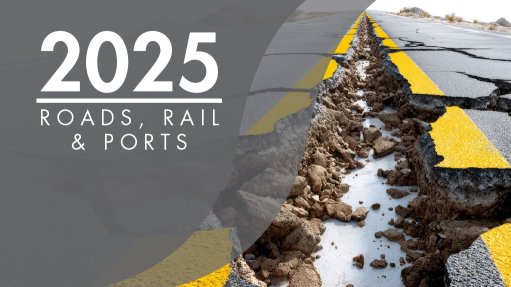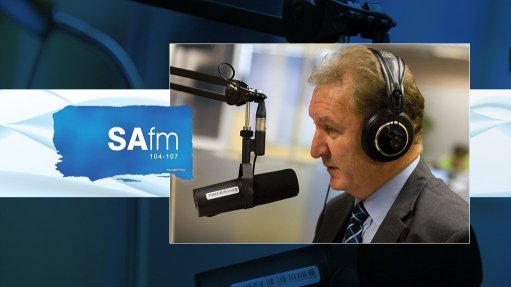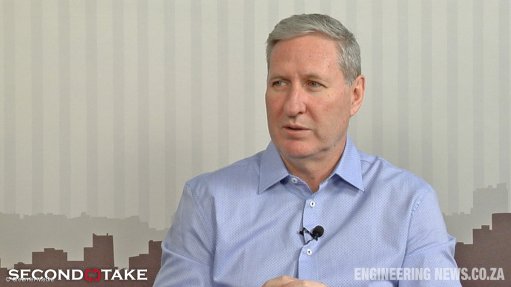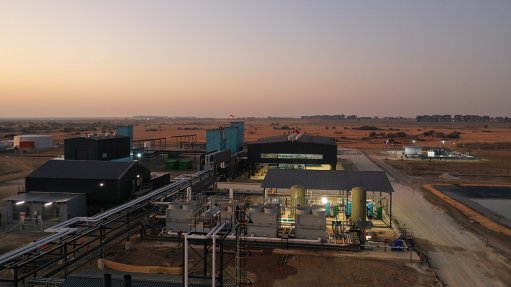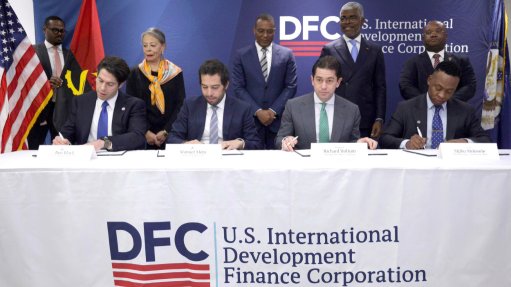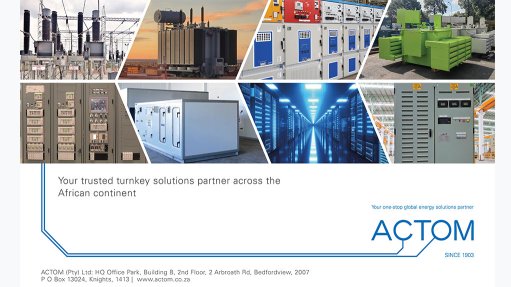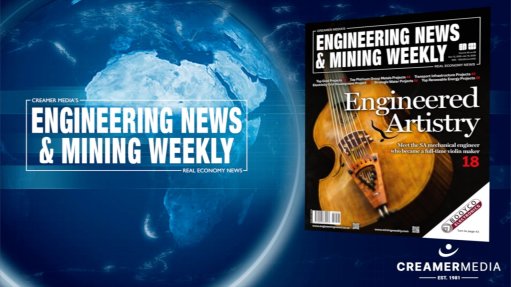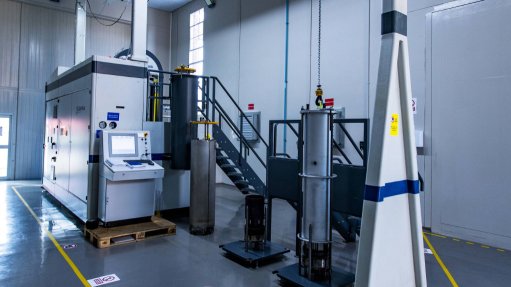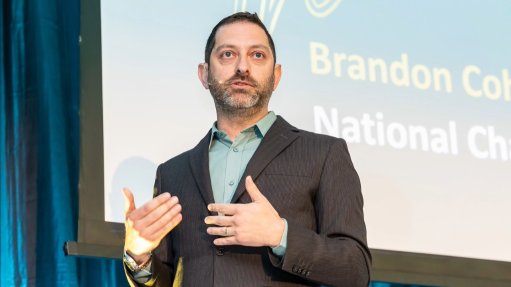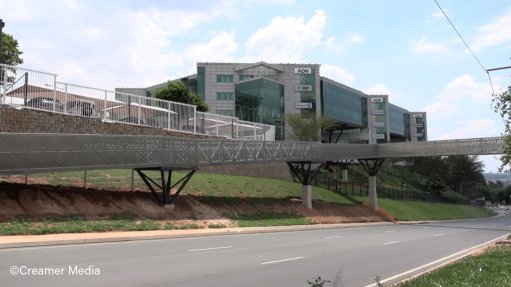Webinar highlights opportunities, considerations for green ammonia, e-fertiliser adoption in South Africa
With the global population projected to reach about 9.7-billion people by 2050, fertiliser remains essential for food production, economic stability and regional resilience, particularly for South Africa and the broader Southern African Development Community (SADC) region.
Despite this, the majority of nitrogen fertilisers are imported and, therefore, subject to global price volatilities, especially in fossil-based supply chains.
At the same time, the mining sector is under increasing pressure to decarbonise, especially in the hard-to-abate sectors, such as explosives or heavy transport.
During an ‘Unlocking the potential of green ammonia & e-fertilisers in South Africa and the SADC region’ webinar, held last week, Elisabeth Kriegsmann from the German Agency for International Cooperation (GIZ) International PtX Hub described green ammonia as a building block to create a more sustainable economy.
“Made from renewable energy, water and atmospheric nitrogen, it actually is a promising solution to provide carbon-free nitrogen fertiliser input, but also to provide a low-emission explosive precursor, and potentially even serve as a fuel for mining or logistics overall,” she argued.
Co-hosted by African Fertilizer and Agribusiness Partnership (AFAP) and the GIZ International PtX Hub, the webinar highlighted the evolving opportunities and barriers to green hydrogen, ammonia and e-fertiliser in Africa, especially in the agriculture and mining sectors.
During the presentation, AFAP South Africa market development and intelligence services manager Killian Banda discussed the opportunities for production and consumption of green ammonia and e-fertiliser in South Africa and the broader SADC region.
He argued that there was potential to stabilise accessibility and availability of nitrogen-based fertilisers in Africa, noting that South Africa, in particular, had a unique competitive position, owing to its abundant renewable-energy resources, such as wind and solar.
He noted that South Africa had a strong industrial base, describing it as the regional hub when it came to trade, particularly fertiliser trade within the SADC region, adding that green ammonia could provide opportunities for decarbonising the mining and agricultural sectors, as well as exporting to other countries.
While there was currently no production of green ammonia in South Africa, Banda noted that there were projects in the pipeline, such as the Hive Hydrogen project, in Coega, in the Eastern Cape, which was expected to produce one-million tons a year of green ammonia by 2029.
Banda noted, however, that there were risks and barriers for increased production, risks and barriers for consumption, as well as socioeconomic concerns.
He said that the cost competitiveness of green ammonia compared to grey ammonia was still high, noting that green hydrogen projects would require considerable investment to upgrade infrastructure.
Additionally, Banda pointed out that green ammonia production was energy intensive and heavily reliant on water resources. He also noted that there was a need for capacity development.
“There is need for awareness creation and again, the price of green ammonia remains too high to our price-sensitive farmers,” he added.
Banda presented policy options to encourage the supply and demand for green ammonia and e-fertilisers, such as de-risking investment, introducing a targeted carbon tax and repurposing existing agricultural subsidies.
He argued that there was also a need for other policy options or incentives that could augment the carbon tax.
Banda posited that there was a need to phase out all exemptions from the carbon tax, so it was effective and included grey ammonia for agricultural purposes.
“There is the need for us to remove the . . . barriers for alternative green energy generation, and there is need for enabling conditions, particularly for instance, derisking finance,” he argued.
Article Enquiry
Email Article
Save Article
Feedback
To advertise email advertising@creamermedia.co.za or click here
Comments
Press Office
Announcements
What's On
Subscribe to improve your user experience...
Option 1 (equivalent of R125 a month):
Receive a weekly copy of Creamer Media's Engineering News & Mining Weekly magazine
(print copy for those in South Africa and e-magazine for those outside of South Africa)
Receive daily email newsletters
Access to full search results
Access archive of magazine back copies
Access to Projects in Progress
Access to ONE Research Report of your choice in PDF format
Option 2 (equivalent of R375 a month):
All benefits from Option 1
PLUS
Access to Creamer Media's Research Channel Africa for ALL Research Reports, in PDF format, on various industrial and mining sectors
including Electricity; Water; Energy Transition; Hydrogen; Roads, Rail and Ports; Coal; Gold; Platinum; Battery Metals; etc.
Already a subscriber?
Forgotten your password?
Receive weekly copy of Creamer Media's Engineering News & Mining Weekly magazine (print copy for those in South Africa and e-magazine for those outside of South Africa)
➕
Recieve daily email newsletters
➕
Access to full search results
➕
Access archive of magazine back copies
➕
Access to Projects in Progress
➕
Access to ONE Research Report of your choice in PDF format
RESEARCH CHANNEL AFRICA
R4500 (equivalent of R375 a month)
SUBSCRIBEAll benefits from Option 1
➕
Access to Creamer Media's Research Channel Africa for ALL Research Reports on various industrial and mining sectors, in PDF format, including on:
Electricity
➕
Water
➕
Energy Transition
➕
Hydrogen
➕
Roads, Rail and Ports
➕
Coal
➕
Gold
➕
Platinum
➕
Battery Metals
➕
etc.
Receive all benefits from Option 1 or Option 2 delivered to numerous people at your company
➕
Multiple User names and Passwords for simultaneous log-ins
➕
Intranet integration access to all in your organisation





